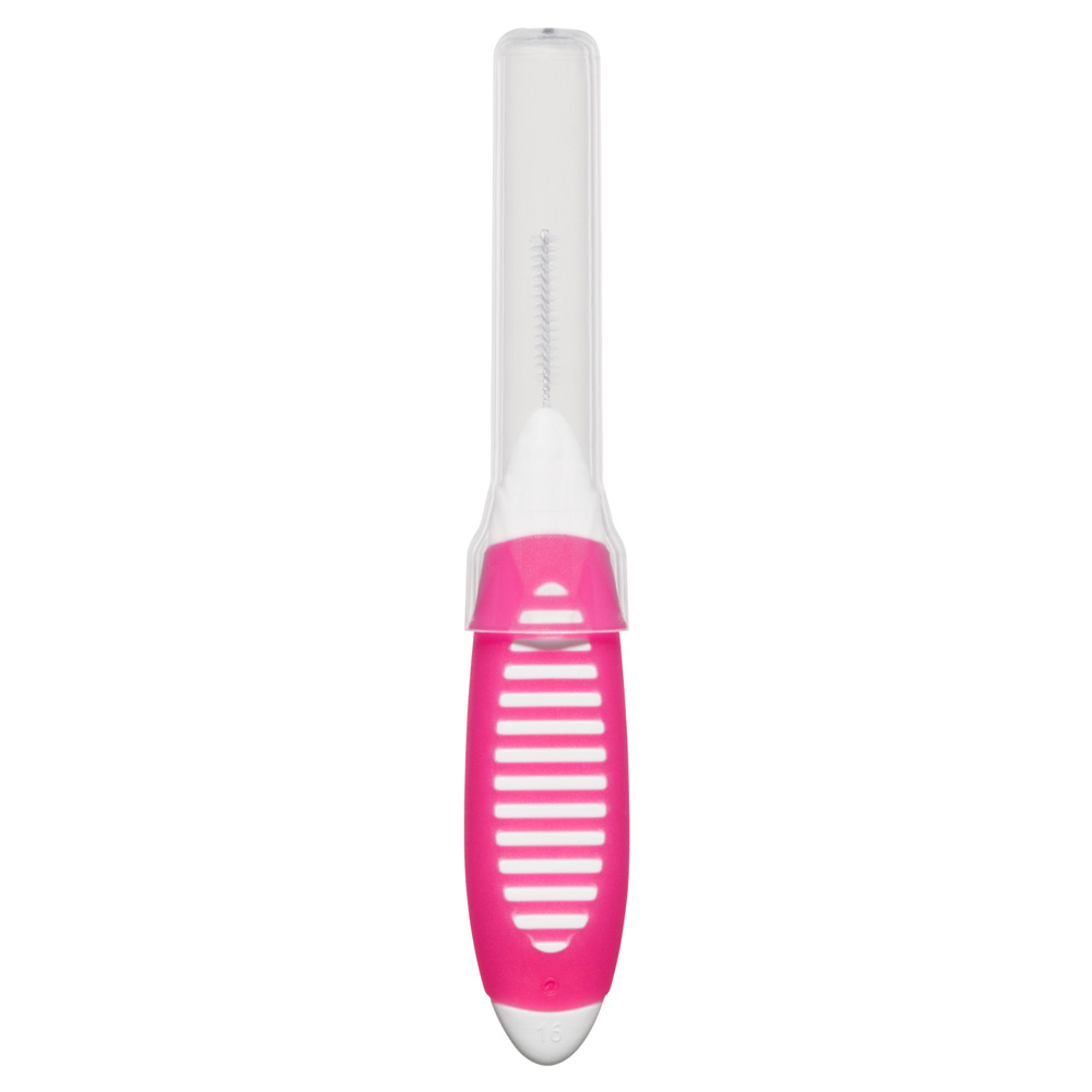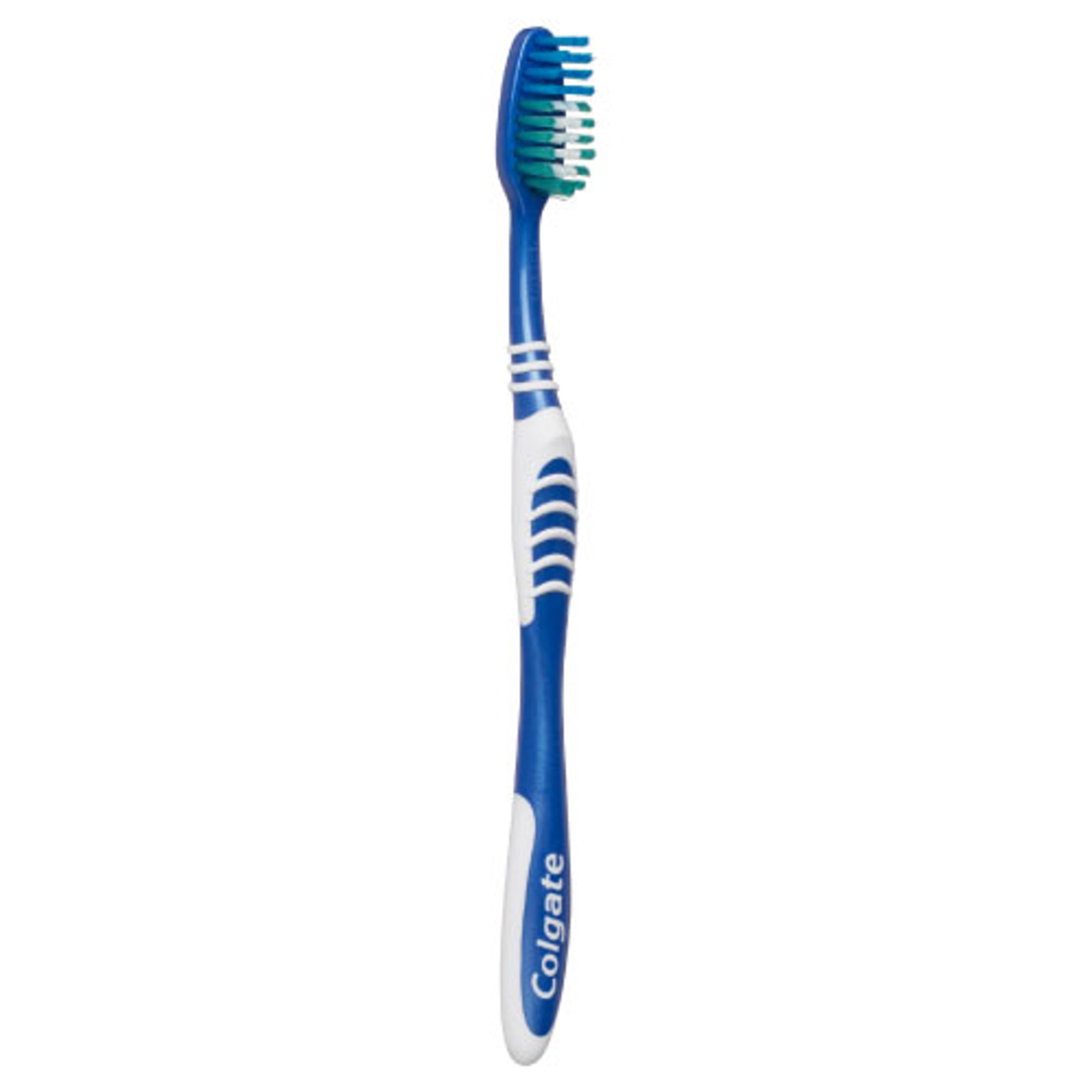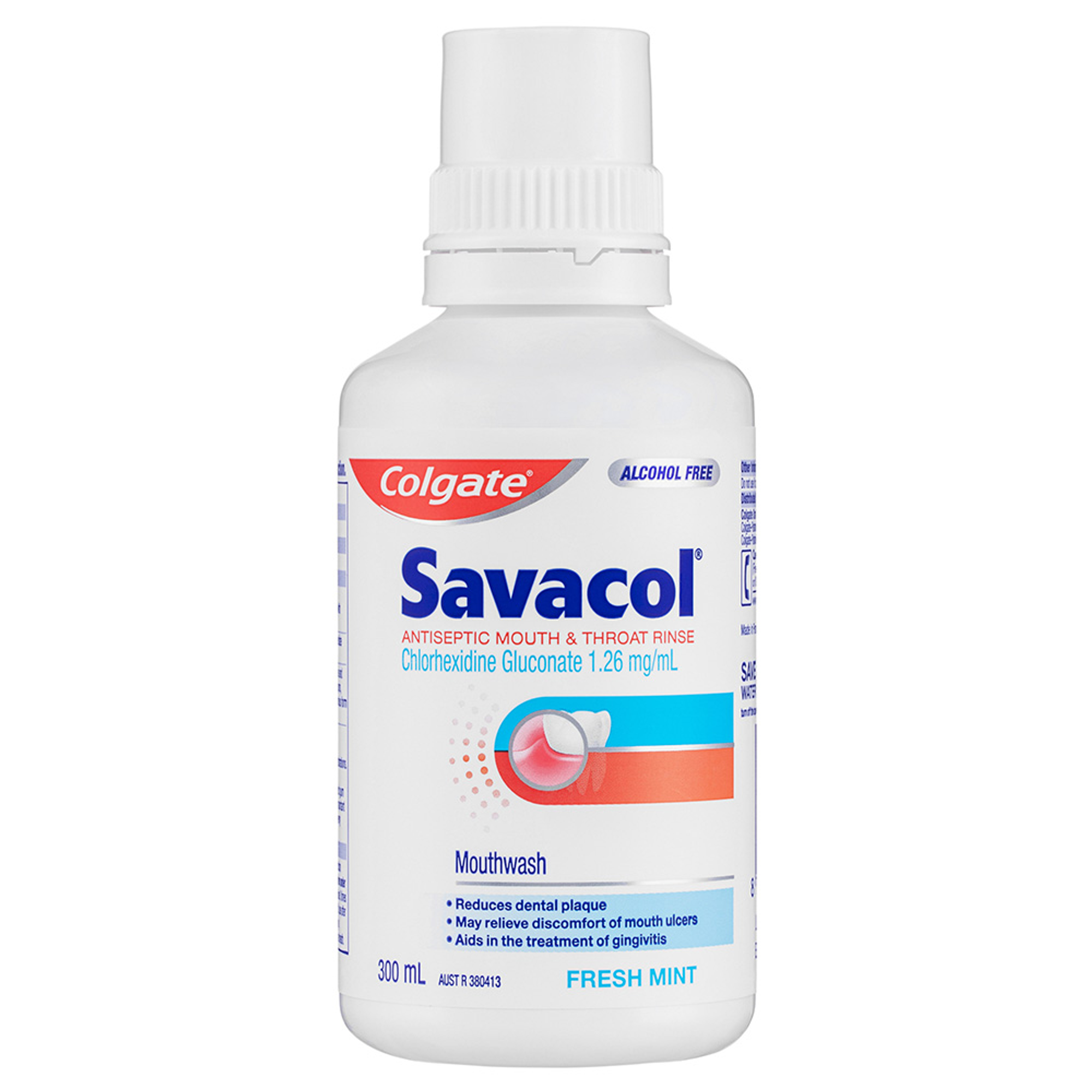-
-

BRUSHING & FLOSSING
How to BrushWhat Is the Right Way to Brush?
Proper brushing takes at least two minutes — that's right, 120 seconds!...

BRUSHING & FLOSSING
How To FlossWhat is the Right Way to Floss?
Proper flossing removes plaque and food particles in places where a toothbrush cannot easily reach... -
Science & Innovation
- Home
- Oral Health
- Adult Orthodontics
- Choosing Ceramic Braces: What You Need to Know


If you have crooked or misaligned teeth, braces are a great way to straighten out your smile. However, for many adults, braces conjure up memories of those awkward teenage years!
It’s true that traditional braces are quite prominent, which can make you feel self-conscious about your smile during treatment. Luckily, there are plenty more discreet orthodontic options available, such as white braces.
What Are White Braces?
Traditional metal braces consist of brackets adhered to the teeth and connected by an archwire. They often feature elastic bands, too. They work by applying sustained pressure to the teeth in order to move them into the desired position.
White braces work in much the same way as metal braces, but the brackets are made from a tooth-coloured ceramic instead. This makes them much less noticeable than traditional braces, especially when paired with white or clear archwires and elastics.
Ceramic Braces Or Metal Braces?
You may not be keen on the idea of having visible metal braces, particularly if you’re already self-conscious about your smile. If so, white ceramic braces may be a more appealing option.
However, choosing the right type of brace for you is about more than just colour. Ceramic braces can be ideal for patients who have metal allergies.
You may also be concerned about cost. Health Direct estimates that the cost of metal braces ranges from $5000 to $9000, with ceramic braces costing more.
Both options have advantages and disadvantages, but ultimately your orthodontist is best qualified to help you decide which braces are right for you.
Caring For Ceramic Braces
Just like metal braces, ceramic braces can trap additional food particles and make it more difficult to achieve a thorough clean. For that reason, they need to be looked after in much the same way as their metal counterparts.
Ceramic braces are also more vulnerable to damage than metal braces, and they’re more expensive to fix. To look after your braces and minimise the discomfort, Orthodontics Australia recommends:
- Avoiding hard, crunchy foods like nuts, popcorn and apples.
- Sticking to less chewy foods like soup, yoghurt, pasta, boiled veggies and stewed fruit.
- Cutting food like apples into chunks rather than biting directly into them.
Ceramic braces can become stained or discoloured in the same way as your teeth. To keep them sparkling, be careful with strongly coloured foods and drinks like red wine, tea, coffee, tomato sauce and curry.
Finally, avoid whitening your teeth during ceramic brace treatment. Not only will the ceramic material not respond to whitening agents, but some can actually damage or discolour the material. When the brackets are removed, you may also find that the enamel underneath is darker than the whitened teeth around it.
If you’re considering braces, your orthodontist can talk you through the options and help you to decide if ceramic braces are the right choice for you.
Related Articles

We know that dairy keeps your bones strong and healthy, but is milk good for your teeth? The answer is a resounding yes, and here's why.


You take your child to their dental appointment, expecting smiles all around and a clean bill of health.
This article is intended to promote understanding of and knowledge about general oral health topics. It is not intended to be a substitute for professional advice, diagnosis or treatment. Always seek the advice of your dentist or other qualified healthcare provider with any questions you may have regarding a medical condition or treatment.
Related Products

Helping dental professionals
More professionals across the world trust Colgate. Find resources, products, and information to give your patients a healthier future








